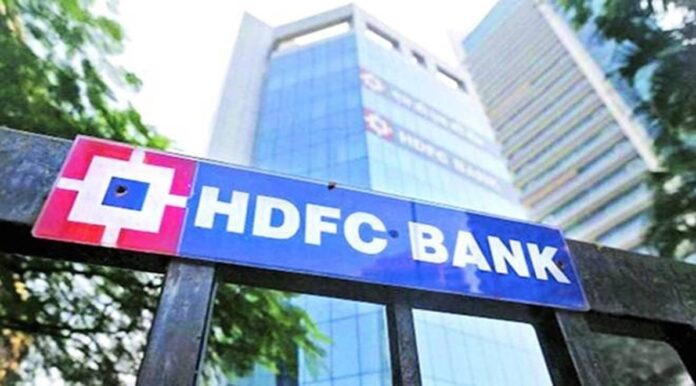With the support of the auto and FMCG stocks, the Sensex and Nifty ended a four-day losing trend. PSU Banks and Metals finished poorly. HUL, Titan, and Maruti each had gains of over 2%. After four days of losses, the main share indices in India recovered on Friday and concluded with respectable gains, driven by the auto and consumer goods industries. Following China’s announcement that its GDP shrank by 2.6 percent in the third quarter because to viral shutdowns that kept businesses shuttered and people at home, global stock markets were mixed. After four days of losses, the major stock indices Sensex and Nifty recovered on Friday, helped by robust buying support in the auto and FMCG sectors. The 30-stock Sensex finished the day up 344 points at 53,760.78. While Power Grid, Tata Steel, and HCL Tech concluded the day with losses of more than 2. percent, HUL, Titan, and Maruti each saw gains of over 2.5 percent.
The Nifty 50 index as a whole finished at 16,049.20, an increase of 110.55 points. Leading the pack were Tata Consumer, Titan, and Airtel. HCL Tech, Tata Steel, and Wipro were behind. The index had earlier began the day in the green before moving inside a constrained range after noon. But strong buying support in the FMCG and auto sectors enabled the indices to post respectable gains. Midcap and smallcap stocks also performed admirably. In the meantime, the Indian rupee gained 8 paise to end the day at 79.91 against the US dollar.
Inflationary pressure is a key concern, and fears of a recession are there, according to Mitul Shah, Head Of Research at Reliance Securities. While the U.S. reported a 41-year high inflation rate of 9.1 percent, India’s CPI inflation remained over 7 percent in June. In order to combat the high level of prices, major central banks around the world are likely to consider a significant increase in interest rates. Furthermore, recent statistics revealed that consumer sentiment is still weak globally. The economic and financial obstacles are being exacerbated by India’s sinking currency, growing trade imbalance, selling pressure from FIIs, and volatility in world petroleum prices. To stop the devaluation of the rupee and increase foreign inflows, the RBI is working to diversify the sources of its foreign exchange funding, reduce market volatility, and control global spillovers. In 2HFY23, which would change, we anticipate a robust economic recovery, normalised commodity prices, controlled inflation, and improved visibility. By the conclusion of 1HFY23, we anticipate a return of FII inflows, while FY23 would see a continuation of DII investments. Automobile, capital goods, and consumer sectors will be emphasised in FY23.
Follow and connect with us on Facebook, LinkedIn & Twitter

